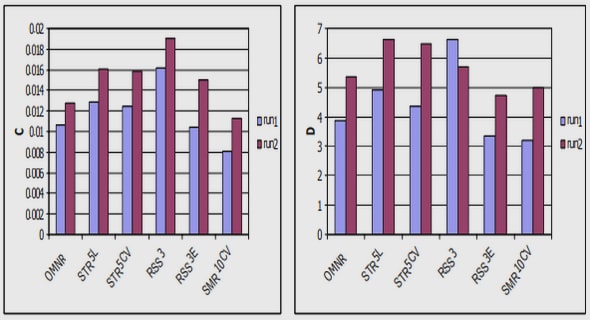(Downloads - 0)
For more info about our services contact : help@bestpfe.com
Table of contents
1 Introduction
1.1 On the origin of the T Tauri case
1.1.1 A new class of young, variable stars
1.1.2 The T Tauri phenomenon across the spectrum
1.1.3 T Tauri phase in the paradigm of low-mass early stellar evolution
1.2 Disks around young stars
1.2.1 Star formation in a nutshell
1.2.2 Structure and physics of circumstellar disks
1.3 Disk accretion in T Tauri stars
1.3.1 Magnetospheric accretion
1.3.2 Disk–locking?
1.4 The manifold variability of T Tauri stars
1.4.1 Variability on mid-term (days to weeks) timescales
1.4.2 Variability on shorter and longer timescales
1.4.3 The space-borne revolution in YSO variability studies
1.5 Open issues in disk accretion from an observational perspective
1.5.1 Aim and outline of this thesis
2 The Coordinated Synoptic Investigation of NGC 2264
2.1 The young open cluster NGC 2264
2.2 The CSI 2264 project
2.2.1 Overview of the observing campaign
2.2.2 CFHT dataset
2.3 CSI 2264: a synthesis
2.4 Specific contribution from this thesis
3 Mapping the different accretion regimes in NGC 2264
3.1 The colors of young stars at short wavelengths
3.1.1 The color loci of field stars in the SDSS system
3.1.2 Colors and UV excess of young stars
3.1.3 UV excess vs. different accretion diagnostics
3.2 A UV census of the NGC 2264 young stellar population
3.2.1 New CTTS candidates in NGC 2264
3.2.2 Field contaminants in the NGC 2264 sample
3.3 Derivation of individual stellar parameters
3.3.1 Individual AV estimates
3.3.2 Spectral types and effective temperatures
3.3.3 Bolometric luminosities
3.3.4 Stellar masses and radii
3.4 UV excess and mass accretion rates
3.4.1 Measuring the UV flux excess
3.4.2 From u-band excess luminosity to total accretion luminosity
3.4.3 Mass accretion rates
3.5 Accretion regimes in NGC 2264
3.5.1 The ˙Macc −M⋆ relationship
3.5.2 Accretion variability
3.5.3 Different accretion regimes/mechanisms
3.5.4 Evolutionary spread across the cluster
3.6 Conclusions
4 The UV variability of young stars in NGC 2264
4.1 A closer look at photometric variability in the CFHT sample
4.1.1 Measuring the variability of CTTS and WTTS: light curve rms
4.1.2 Measuring the variability of CTTS and WTTS: Stetson’s index J
4.2 The imprints of disk accretion in UV variability
4.2.1 A comparison between UV excess and u-band variability
4.2.2 Time evolution on the r vs. u − r diagram of the cluster
4.2.3 Exploring the color signatures of different physical scenarios
4.2.4 A global picture of color variability for different YSO types
4.3 A spot model description of YSO variability
4.3.1 Formulation of the spot model
4.3.2 Implementation of the model
4.3.3 A global picture of spot properties for TTS in NGC 2264
4.3.4 The different nature of modulated variability for CTTS vs. WTTS
4.4 Timescales of variability for the accretion process
4.5 Conclusions
5 The accretion–rotation connection in young stars
5.1 Photometric period determination
5.1.1 Period-search methods used in this study
5.1.2 Implementation of the period-search routine
5.2 Results
5.2.1 Period distribution for NGC 2264: CTTS vs. WTTS
5.2.2 Mass dependence?
5.2.3 Are CTTS periods similar in nature to WTTS periods?
5.3 The accretion–rotation connection
5.4 Conclusions
6 Conclusions and perspectives
6.1 Case of study: a brief recap
6.2 Main points of this work
6.2.1 Different accretion regimes coexist within the cluster
6.2.2 ˙Macc reflect a diversity in accretion mechanisms and cluster evolution
6.2.3 Variability in young stars has a broadly assorted nature
6.2.4 Timescales of days dominate the variability of WTTS and CTTS
6.2.5 Disks have an impact on the rotation properties of young stars
6.3 Perspectives
Bibliography
Appendices
A List of referred publications
B Mapping accretion and its variability in the young open cluster NGC 2264: a study based on u-band photometry
C UV variability and accretion dynamics in the young open cluster NGC2264 179
Abstract
Résumé




